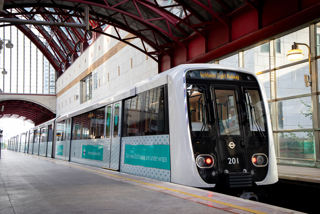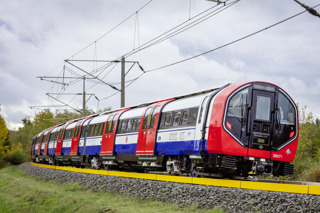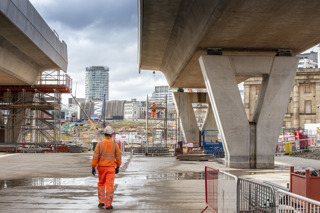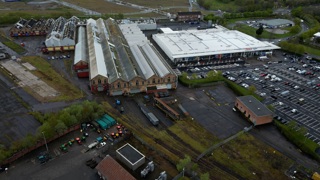Govia Thameslink Railway (GTR) is seeking long-term solutions to replace its diesel fleet, according to its new Decarbonisation Roadmap, now published online forming part of its commitment to become carbon ‘net zero’ for all its energy needs by 2050.
Compiled in March 2023 in collaboration with Network Rail (NR) to meet National Rail Commitments (NRCs) as set out by the Secretary of State, the 43-page document outlines its scope to reduce carbon emissions and will be subject to annual review.
A key part of the paper highlights its current dependency on its 17-strong fleet of Class 171/2 three-car, 171/7 two-car and 171/8 three-car ‘Turbostars’ necessary for the unelectrified Hurst Green Junction to Uckfield, and Ore to Ashford ‘Marshlink’ sections of its network.
Fossil-fuel alternatives
With the oldest Class 171s now celebrating their 25th anniversary, GTR admits that there are ‘limited proven alternatives for traction power away from electrified routes’, highlighting that research into technologies is ‘ongoing’.
From the solutions cited, (including batteries, as experimented by Bombardier in 2015 with its Class 379, flywheels as used on Parry ‘People Movers’, plus supercapacitors or hydrogen), GTR outlines that those likely to be applicable to its network are ‘electrification and, potentially, battery operation.’
According to GTR, NR has identified that the Marshlink may be suited for battery or electrification, but that strategic planning and a viable business case is needed to identify an industry-preferred solution.
In the meantime, NR recognises BEMU services as a medium-term option, as part of providing a High-Speed service to Hastings, ahead of development and delivery of electrification.
GTR is fortunate in that just 1.86% of its total fleet is comprised of ‘Turbostars’. This should allow it to focus its attention on emissions in other areas of its business outside that of ‘traction’ faster than some operators with much larger diesel fleets.
Non-traction emissions
Other areas for attention outlined in the document include its road vehicles, site electricity and gas supplies, and waste disposal.
Evidence of this is provided at GTR’s Cauldwell Walk depot, which is presently receiving 932 photovoltaic panels, as part of its Net Zero Strategy. A similar solar array was installed on its Streatham Hill train depot roof in 2022, with more planned by not-for-profit group, Energy Garden, at GTR’s Selhurst Depot in Croydon, and Three Bridges Depot in Sussex.
Forming part of GTR’s commitment to become carbon ‘net zero’ for all its energy needs by 2050, the panels at Cauldwell Walk will generate 322 MWh of electricity a year, expected to save around 66 tonnes of CO2e.


















Login to comment
Comments
No comments have been made yet.